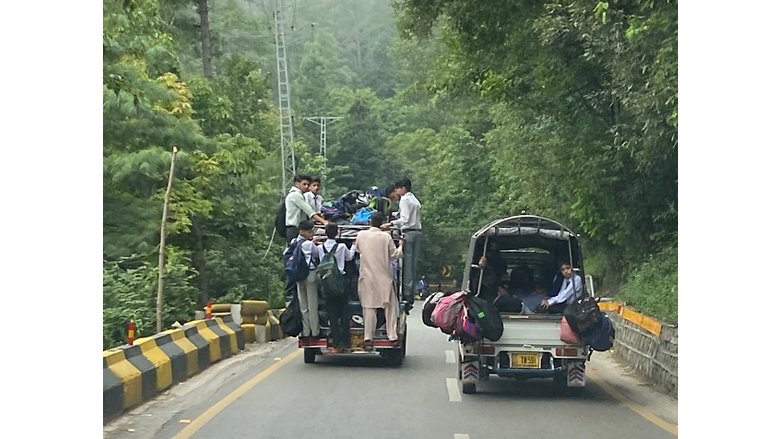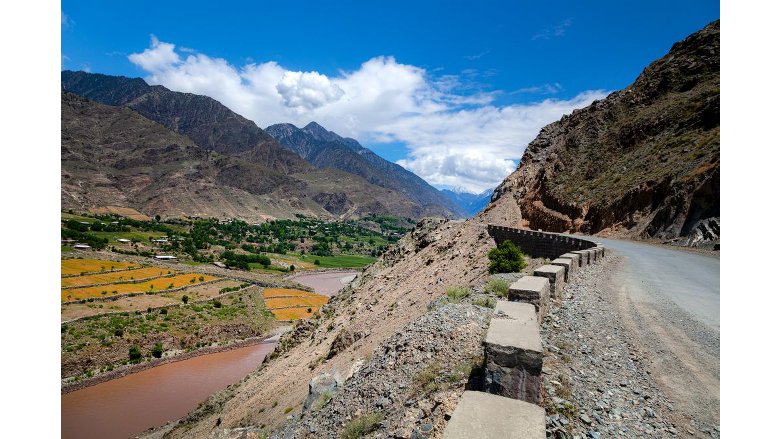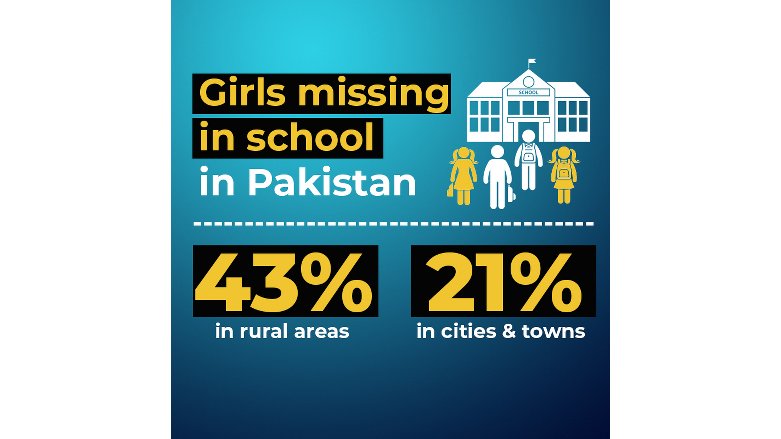Bitumen. Asphalt. Concrete. Gravel. These are the components of a road, but they aren’t the parts that matter for the people who use them. What matters is access to schools, health care services, and markets. In Pakistan’s Khyber Pakhtunkhwa Province, or KP for short, safe roads can mean for girls the difference between going to school or staying home, between seeing a healthcare provider or getting sicker, between selling wheat or vegetables for a healthy profit at market or selling too cheaply to neighbors.
Accessibility is the premise behind the World Bank’s Khyber Pakhtunkhwa Rural Accessibility Project, or KPRAP, which aims to better link 1.7 million people in a remote, mountainous region of Pakistan to the services and opportunities in towns and cities nearby. Specifically, the $300-million program will finance the upgrading of 45 road sections with a total length of approximately 650kilometers.
“In KP, all-weather rural roads play a key role in accessibility to basic services and connecting districts to provincial centers, but almost 41 percent of the road network is in poor condition and almost 20 percent is not paved,” said Lincoln Flor, one of the Word Bank Senior Transport Specialists supervising the project. “By providing better and more reliable road access, the KPRAP project will make a significant difference in the daily lives of residents, especially for girls in the poorest and most remote parts of KP.”
One major focus of the project is getting girls and boys to school. The project’s new and improved roads will benefit 65,000 girls in five districts, allowing them to get to school faster, on better and safer roads. Long home-to-school commutes and difficult road conditions disproportionately keep girls out of the classroom. In some districts in KP, more than 70 percent of girls are out of school, as compared to 30 percent of boys. Pakistan Communication and Works Department of KP data shows that for nearly half of the province’s rural population, school is far-- more than a 30-minute drive away. Ten percent of people in KP live more than a two-hour drive from an urban center.
Getting girls to school is a priority in Pakistan, which has the second largest out-of-school population of any country. Nearly 23 million Pakistani children aged 5 to 16 do not attend school. Aside from teacher shortages, distance to school and safety are the largest barriers to accessing education in rural areas, with 29 percent of parents saying that schools are simply too far away. Girls are twice as likely to skip school in rural areas as compared to their urban peers, from 43 percent in the countryside versus 21 percent in cities and towns. This gap is even more pronounced in middle and higher education.



